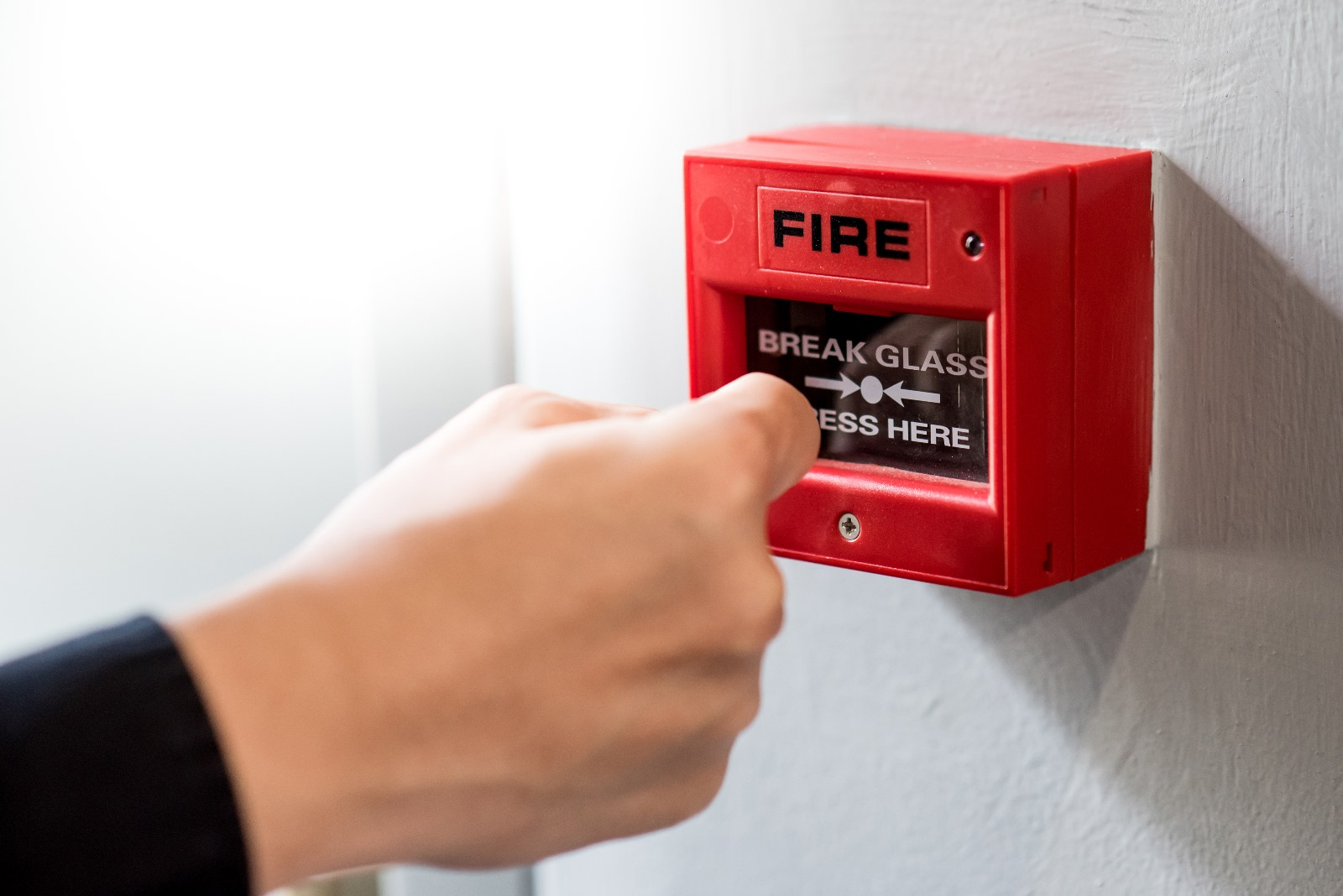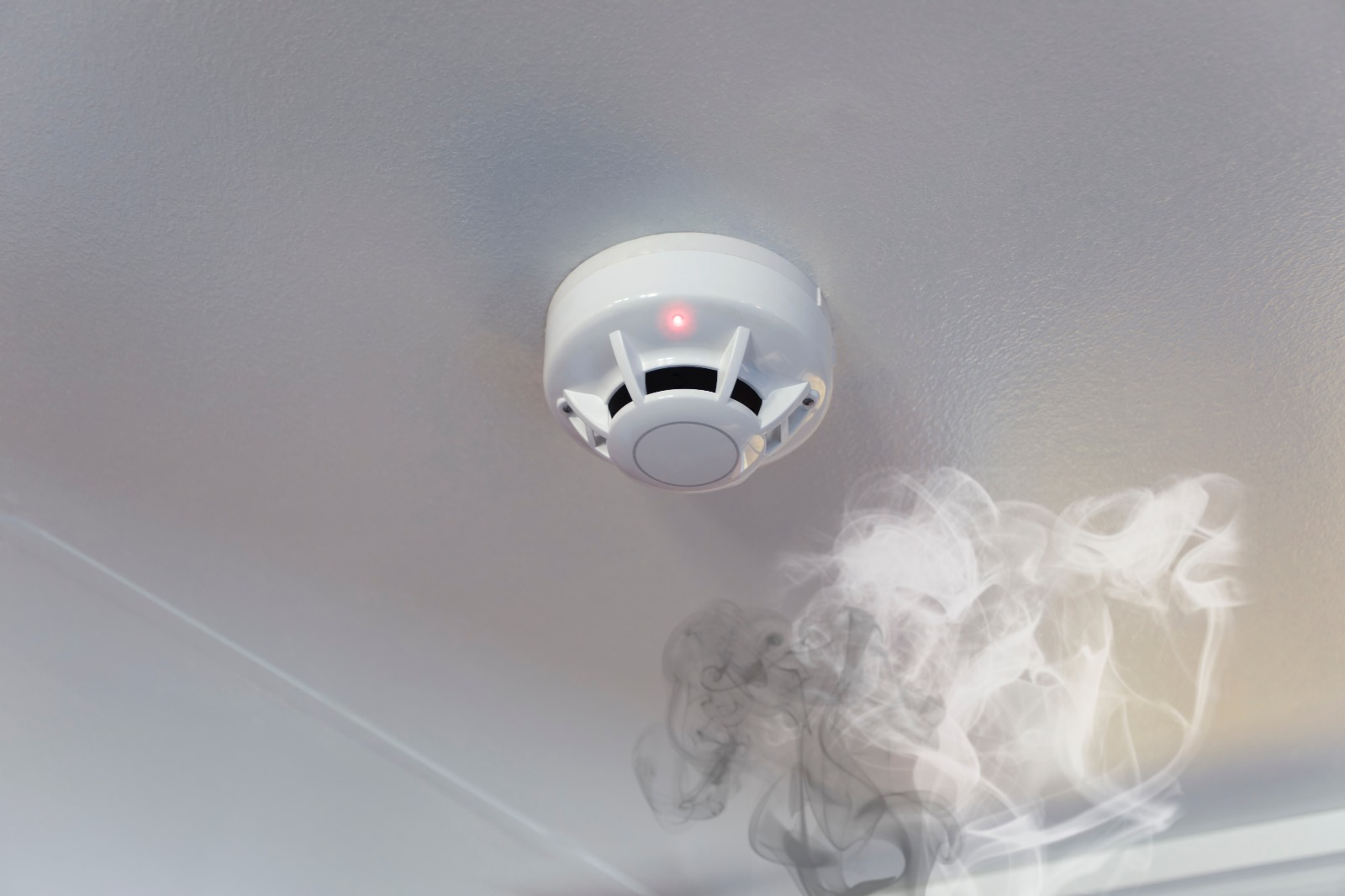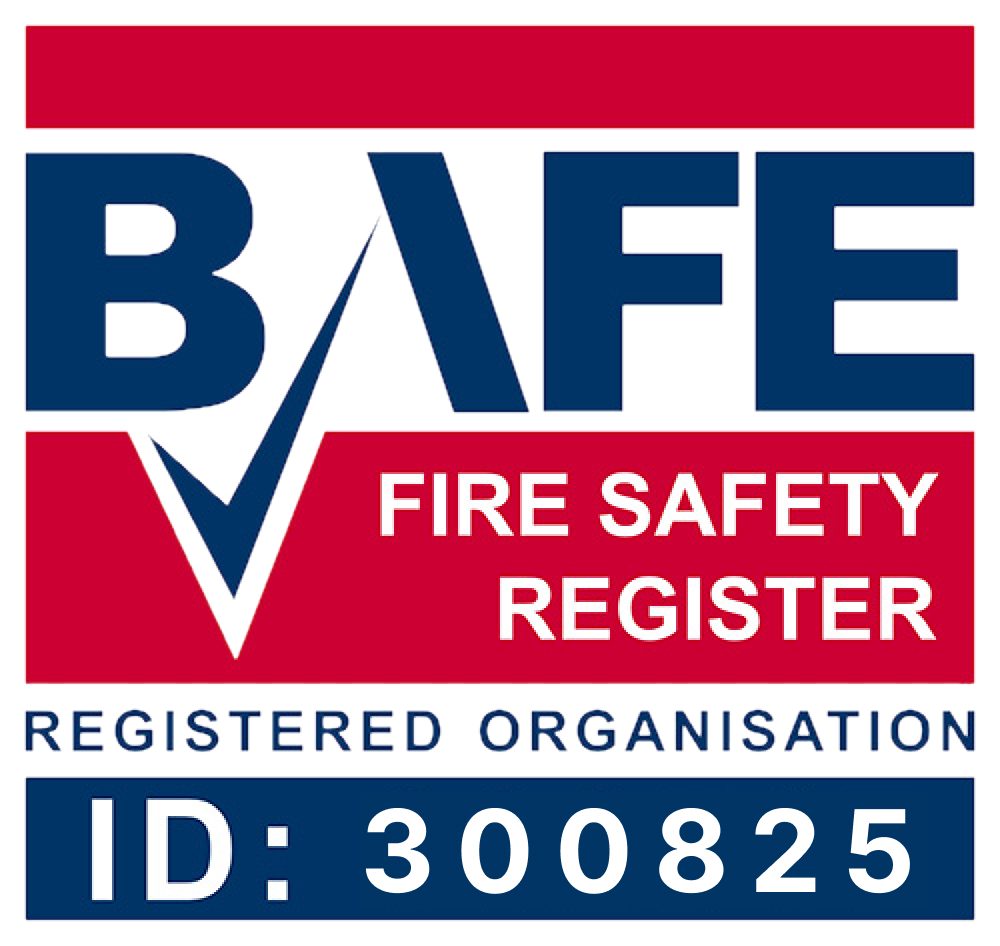Meet Simba, London Fire Brigade’s newest four-legged recruit with a nose for sniffing out the causes of fires.
The two-year-old English springer spaniel has joined the Brigade’s fire investigation team and is assisting at the scenes of fires across London alongside his fellow canine colleague, Sherlock.
Fire investigation dogs are selected at a young age based on their drive for play and follow a positive reinforcement training programme, which rewards them with a tennis ball each time they detect an ignitable substance.
The Brigade uses dogs as part of their fire investigation work as their noses are more sensitive than any piece of portable equipment used to detect accelerants. The use of dogs helps speed up investigation work as well as keeping costs down.
Simba was put through his paces in a lengthy training period to see if he had what it takes to become a fire investigation dog. As part of the training, he was taught to identify the presence of ten ignitable substances ranging from acetone to petrol in different forms – neat, evaporated, burnt or a mixture.
Dogs help speed up the work of fire investigations
Watch Manager Anton Keach, Simba’s handler, said: “I’ve been a firefighter with the Brigade for 13 years and part of the fire investigation team for four years. When the opportunity came up to become a dog handler, I jumped at the chance because I’ve seen first hand how valuable their work is and am fascinated by how clever and hard working these dogs are.
“The selection process was tough and the training period with Simba was very intense, but it was so worthwhile hearing that Simba had passed and was ready to come and work with us.
“Simba has been on the job for several months now and has helped at the scene of numerous fire investigations. Every time he successfully identifies an ignitable substance which could have been used to start a fire, I feel an immense sense of pride. Seeing him at work never ceases to amaze me.”
Fire investigation dogs, who live with their handlers, help identify the range of ignitable substances to assist with criminal investigations and help determine whether a fire has been started deliberately.
Fire investigation dogs are sent into cold fire scenes
The Brigade’s fire investigation dogs are sent into cold fire scenes to search for one of their target substances and will identify an area of interest, which is documented before samples are taken by the police for analysis. The speed and accuracy of the dogs can save both police and fire investigators valuable time and resources.
When investigating fire scenes, our dogs wear boots to protect their paws from any shards of glass or other sharp objects and also have their own personal protective equipment (PPE) to match our firefighters and fire investigators.
Although it might look dangerous, the dogs are never sent into hot scenes and there has been no report of any injury to any fire dog throughout the country.
Our fire investigation dogs attend between 180 – 230 incidents a year.
Dogs are a vital part of the London Fire Brigade family
London Fire Commissioner Dany Cotton said: “I am delighted that Simba has joined our fire investigation team and he and Anton have formed such a strong bond in such a short space of time.
Simba is the sixth fire investigation dog the Brigade has had and joins six-year-old cocker spaniel Sherlock. Alongside their work within the fire investigation team, Anton and Simba will also play a vital role in the Brigade’s ongoing community safety and community engagement work.















































